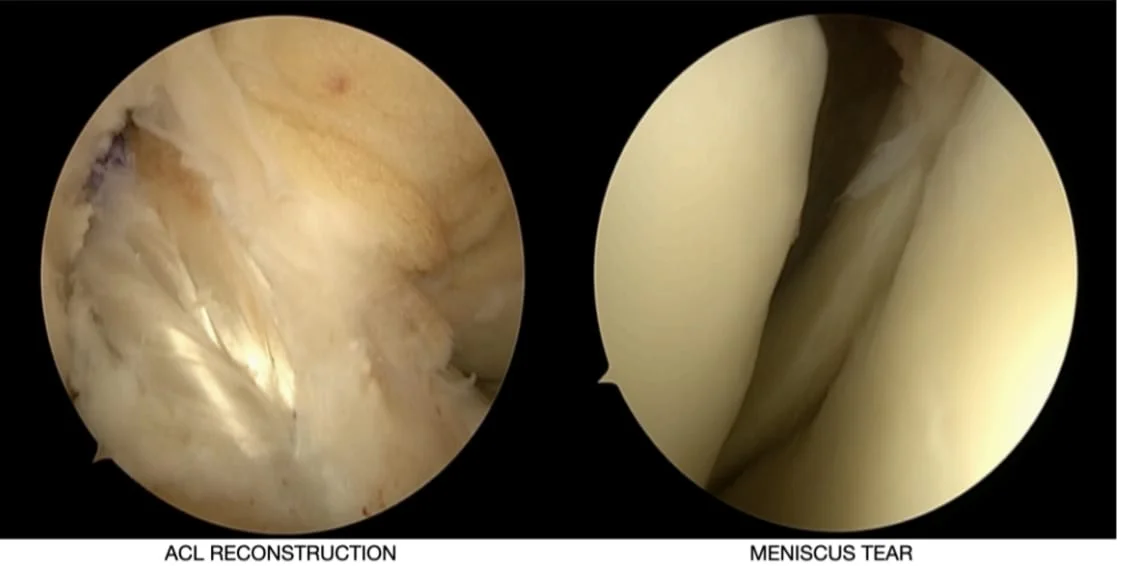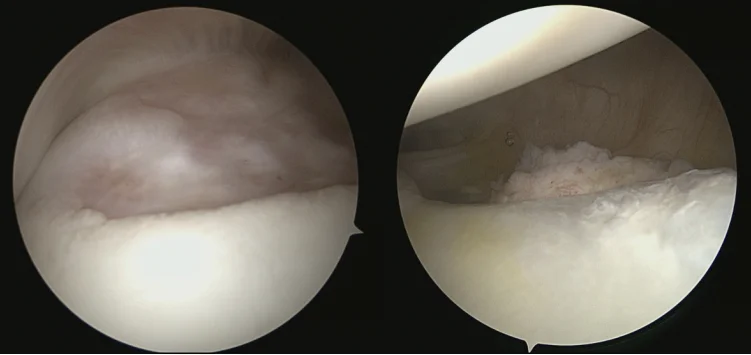Arthroscopy
Medical Laboratory And Specialists Services
What is Arthroscopy?
Applications of Arthroscopy
Knee Arthroscopy
The knee joint is one of the most common sites for arthroscopic procedures. Arthroscopy allows surgeons to diagnose and treat a wide range of knee conditions, including meniscal tears, ligament injuries (such as anterior cruciate ligament or ACL tears), cartilage damage, and loose bodies. With arthroscopy, surgeons can precisely visualize the interior of the knee joint and perform procedures such as meniscal repair or removal, ACL reconstruction, cartilage debridement, and synovectomy (removal of inflamed synovial tissue).

(Arthroscopy and fixation of tibial eminence fracture)

Shoulder Arthroscopy
Arthroscopy has become the gold standard for addressing numerous shoulder pathologies. It enables surgeons to diagnose and treat conditions such as rotator cuff tears, shoulder instability (including dislocations and labral tears), impingement syndrome, and adhesive capsulitis (frozen shoulder). The arthroscope provides a clear view of the shoulder joint, allowing surgeons to repair rotator cuff tears, perform labral repairs, remove inflamed tissue, and release adhesions.

(Shoulder Arthroscopy)
Hip Arthroscopy
Although relatively newer compared to knee and shoulder arthroscopy, hip arthroscopy has gained prominence in recent years. It has become a valuable tool for managing hip conditions such as femoroacetabular impingement (FAI), labral tears, hip joint infections, and synovitis. With hip arthroscopy, surgeons can access the hip joint, reshape the bone to alleviate impingement, repair or resect torn labrum, remove loose bodies, and address other intra-articular pathologies.
Ankle Arthroscopy
Arthroscopic procedures are increasingly being utilized for ankle joint conditions. Surgeons can employ arthroscopy to address ankle impingement, osteochondral lesions (cartilage defects), synovitis, loose bodies, and ligament injuries. Through small incisions, surgeons can visualize and treat these ankle pathologies, including debriding damaged cartilage, removing loose fragments, and repairing ligaments, ultimately improving ankle function.
Wrist Arthroscopy
Wrist arthroscopy allows surgeons to diagnose and treat various wrist conditions. It is particularly useful for evaluating and managing ligament injuries, such as scapholunate ligament tears and triangular fibrocartilage complex (TFCC) tears. Surgeons can repair or reconstruct damaged ligaments, remove ganglion cysts, and debride inflamed tissue using arthroscopic techniques.
Elbow Arthroscopy
While less common than knee or shoulder arthroscopy, elbow arthroscopy has proven beneficial for certain elbow pathologies. It is used for conditions such as osteochondritis dissecans (OCD), loose bodies, tennis elbow (lateral epicondylitis), and elbow stiffness. Elbow arthroscopy allows surgeons to remove loose fragments, debride damaged cartilage, release contracted tissues, and address other abnormalities within the joint.
What are the benefits of Arthroscopy?
Arthroscopy offers several advantages over traditional open surgery, making it a preferred choice for both surgeons and patients.
Minimally Invasive
Arthroscopy involves smaller incisions compared to traditional open surgery. This results in reduced trauma to the surrounding tissues, leading to several benefits. Patients experience less postoperative pain, which can be managed with milder pain medications.
Accurate Diagnosis
The real-time visualization provided by the arthroscope allows surgeons to obtain highly detailed and magnified images of the joint structures. This aids in accurate diagnosis by enabling a thorough evaluation of the joint condition.
Reduced Complications
The minimally invasive nature of arthroscopy results in a lower risk of complications compared to open surgery. The smaller incisions decrease the likelihood of infection, bleeding, and wound-related issues.
Outpatient Procedure
It is often performed on an outpatient basis, allowing patients to return home on the same day as the surgery. This eliminates the need for hospitalization, reducing healthcare costs and minimizing the disruption to patients' daily lives.
Faster Rehabilitation
Due to the minimally invasive nature of arthroscopy, patients often experience faster recovery and rehabilitation compared to open surgery. Physical therapy can typically begin sooner, leading to a quicker return to normal activities.
Why should you opt for it?
Arthroscopy stands at the forefront of orthopedic surgery, offering patients a transformative approach to diagnosing and treating joint pathologies. Through its minimally invasive nature, this technique provides unparalleled precision and an array of benefits including reduced pain, minimal scarring, and accelerated recovery.
